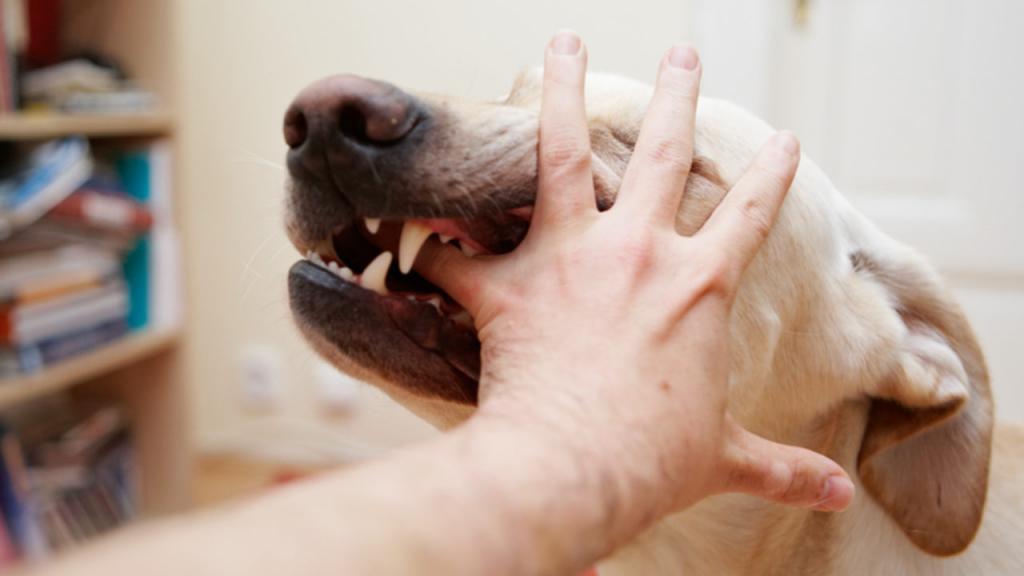
Dog bites are a serious public health concern that affects thousands of people every year. Whether you are a pet owner, a delivery worker, or simply someone who loves to walk in your neighborhood, dog bite prevention is essential. With the right information and preventive steps, we can significantly reduce the risk of incidents and promote safer interactions between humans and dogs.
Understanding Dog Behavior: The First Step Toward Prevention
To truly embrace effective dog bite prevention, it is critical to understand what motivates a dog to bite. Dogs typically bite as a reaction to fear, pain, protectiveness, or overstimulation. Early warning signs such as growling, showing teeth, stiffening body posture, or retreating from touch should never be ignored.
Unfortunately, children are the most common victims of dog bites, often because they are unable to recognize warning signs. We can take significant steps toward minimizing risk by educating families and caregivers about canine body language,
The Role of Responsible Dog Ownership
Responsible dog ownership is the cornerstone of dog bite prevention. Pet owners must ensure their dogs are:
-
Well-socialized: Regular, positive exposure to various people, animals, and environments helps dogs feel confident and less prone to fear-based aggression.
-
Properly trained: Basic obedience commands such as “sit,” “stay,”” come,” and “leave it” can prevent unwanted behaviors.
-
Regularly exercised: A bored or under-exercised dog is likelier to develop behavioral problems, including biting.
-
Health-checked: Pain and illness can cause even the gentlest dog to react aggressively. Regular veterinary visits help catch potential health issues early.
Spaying and neutering dogs can also reduce aggression and promote a more even temperament, making them less likely to bite.
Safety Measures for Non-Owners and Public Workers
Not all dog bite incidents involve the pet’s direct involvement. Drivers, postal workers, meter readers, and landscapers frequently encounter dogs during their duties. Employers and individuals can take proactive measures to protect these workers.
-
Avoid direct eye contact with unfamiliar dogs.
-
Do not run—this can trigger a chase response.
-
Stay calm and stand still like a tree if approached aggressively.
-
Use a barrier, such as a clipboard or a mailbag, to protect yourself if a dog charges.
Many delivery companies now provide dog bite prevention training as part of onboarding. This includes recognizing risky behavior and reporting aggressive dogs along their routes.
Creating a Safe Home Environment
If you have guests, service providers, or children visiting your home, take steps to manage your dog’s interactions with other dogs.
-
Enter guests gradually and let your dog approach at its own pace.
-
Use a leash or gate if your dog is easily excitable or nervous around new people.
-
Educate children about the correct way to interact with dogs: do not hug, pull ears or tails, or disturb a dog eating or sleeping.
Always supervise interactions between dogs and children, no matter how well-behaved the dog appears.
Educating Communities Through Outreach
Communities benefit when dog bite prevention becomes a collective goal. Local governments, shelters, veterinarians, and animal behaviorists can partner to offer public education programs. These may include:
-
School visits to teach kids about safe behavior around dogs.
-
Free or low-cost obedience classes.
-
Pet-friendly events where dogs can socialize in controlled environments.
-
Awareness campaigns during National Dog Bite Prevention Week.
The more informed a community becomes, the more proactive and confident its members will be in managing dog encounters.
Legal Consequences and Liability Awareness
Dog owners can be held legally responsible for bites or attacks, especially if negligence is proven. In many jurisdictions, a history of aggression or a failure to control a dog can lead to lawsuits, fines, or even the dog’s removal.
Understanding your local leash laws, keeping your pet confined to your property, and having adequate liability insurance are all key components of being a responsible pet owner. Being informed isn’t just about protecting your dog.
Training and Education: Lifelong Efforts
While puppyhood is the ideal time for socialization, it’s never too late to invest in late-stage training for adult dogs; Proper techniques can help adults develop new behaviors and become more confident. Consider working with a certified professional dog trainer who uses positive reinforcement.
Training also provides mental stimulation, which reduces frustration and anxiety in dogs. Regular exposure to different environments, sounds, surfaces, and people helps dogs stay calm and adaptable in unfamiliar situations.
What To Do If a Dog Bite Occurs
Despite our best efforts, bites can happen. When they do, it is essential to act quickly:
-
Seek immediate medical attention for the victim, even if the bite seems minor.
-
Contain the dog if it is safe to do so.
-
Report the incident to animal control or your local authority.
-
Exchange contact information between the dog owner and the injured party.
-
Provide vaccination records of the dog, especially rabies documentation.
Swift action protects the victim and the pet from further complications and helps authorities determine the appropriate response.
Conclusion: Prevention Is Everyone’s
Dog bites are preventable. We can significantly reduce the number of bites each year by understanding canine behavior, responsible ownership, community education, and safety training. The key is proactive involvement from individuals, families, and communities alike.
By following these principles of dog bite prevention, we create safer neighborhoods and healthier relationships between humans and their canine companions.